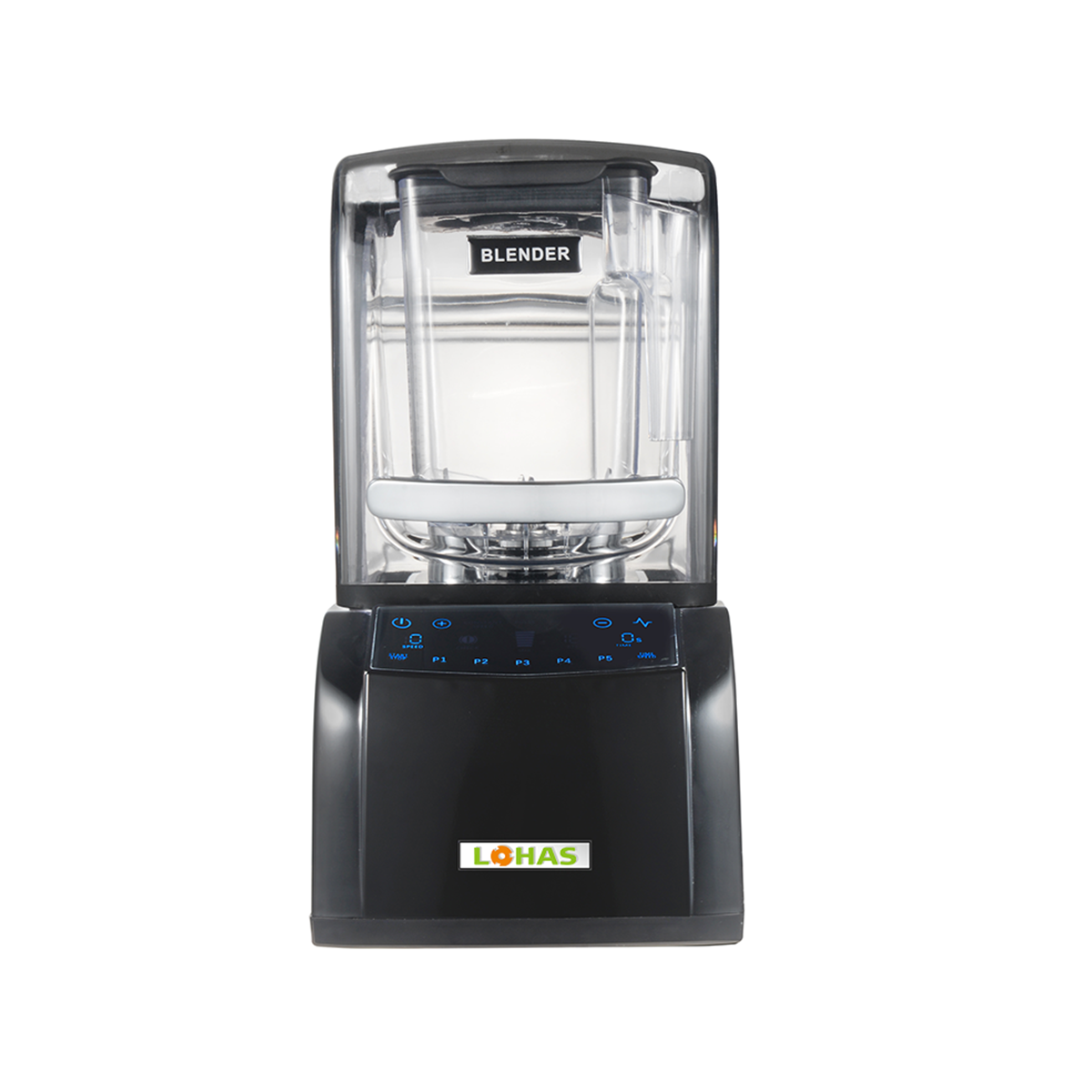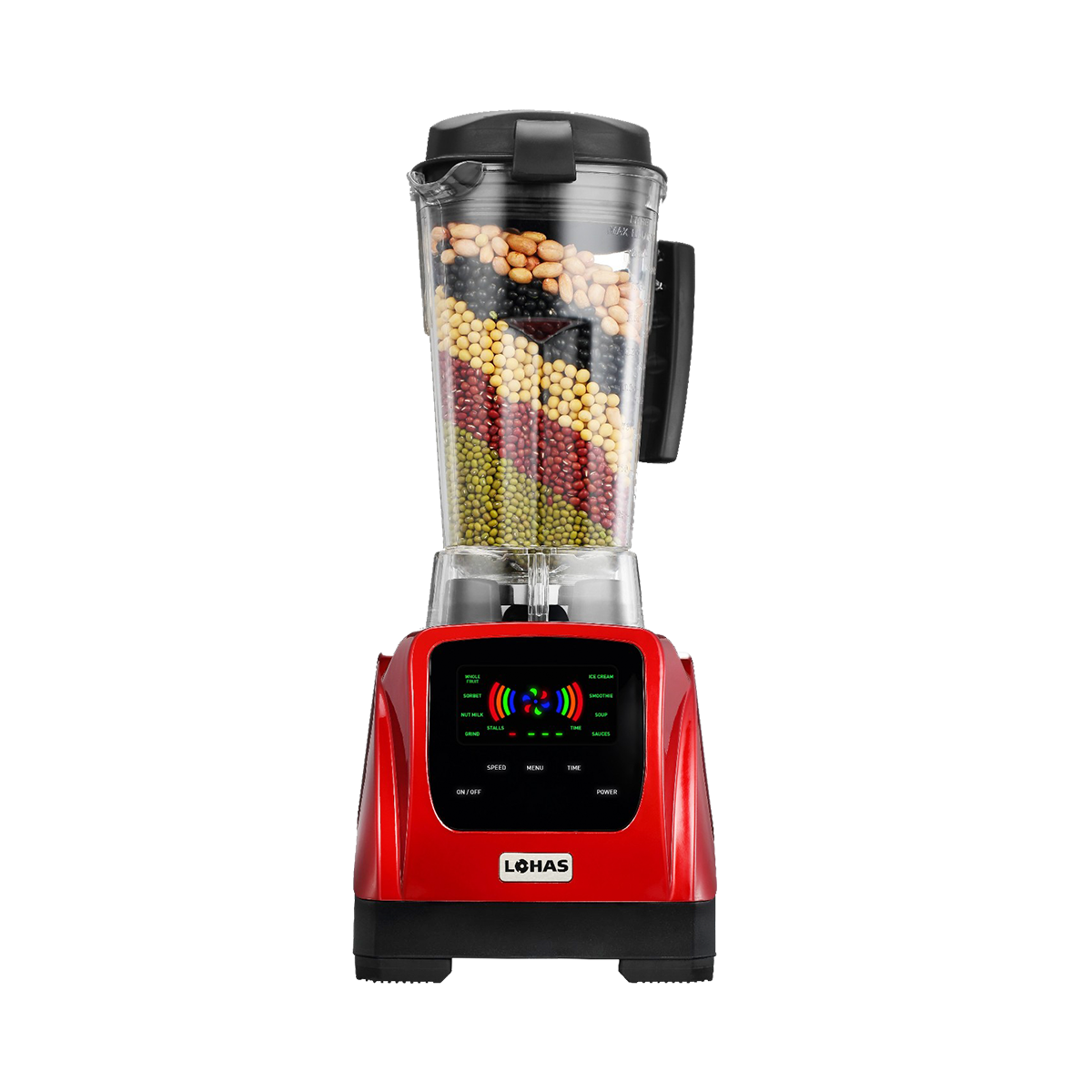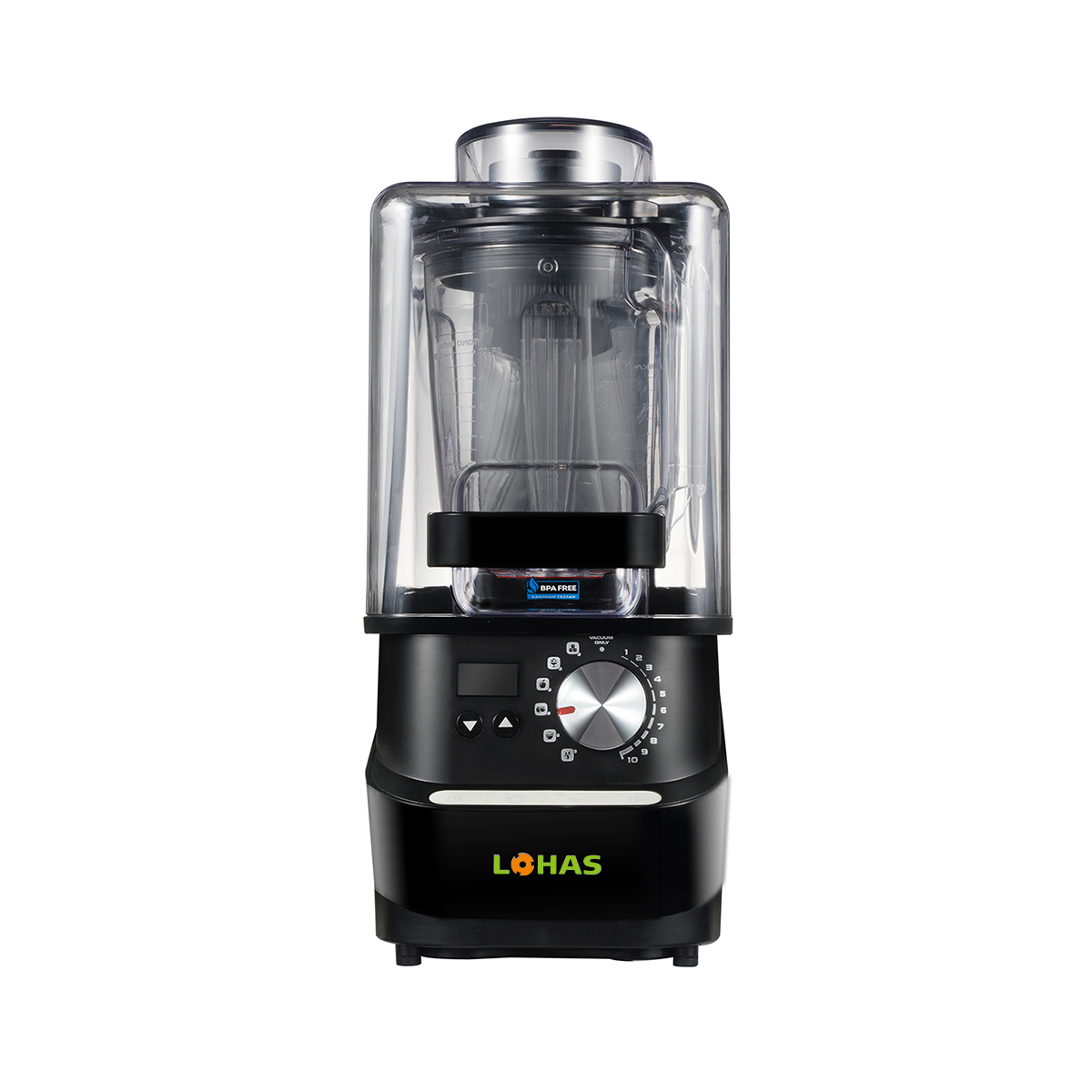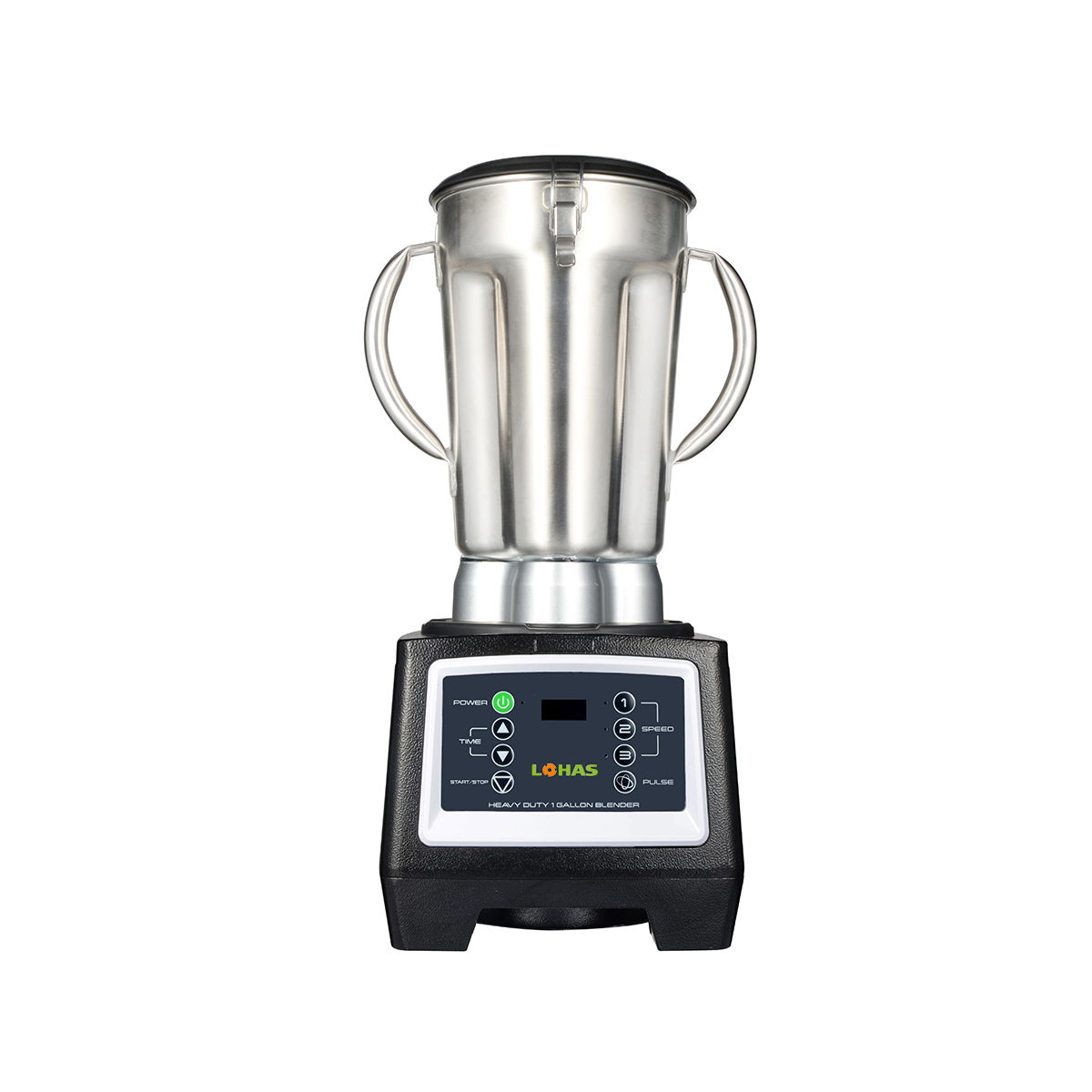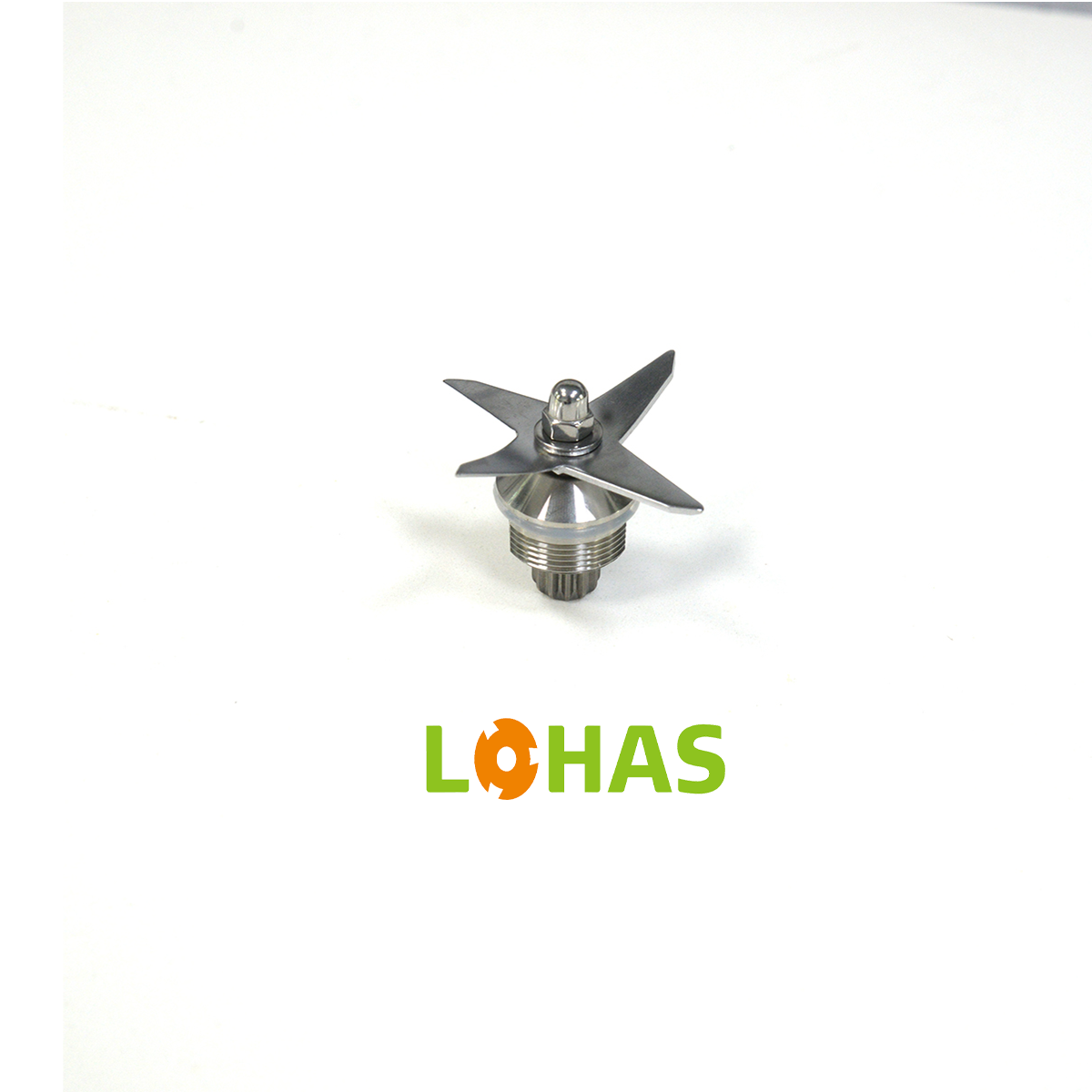Automatic blenders can make your life easier, but they often come with challenges. You might notice problems like leaks, stuck ingredients, or even a burnt smell. These common issues can disrupt your routine. Practical solutions can help you troubleshoot effectively. With the right approach, you can restore your blender’s performance and enjoy hassle-free blending.
Common Issues with Automatic Blenders
Blender blades not functioning properly
Blender blades can stop working due to dullness, improper assembly, or food particles stuck around them. You might notice the blades spinning slower or not cutting ingredients effectively. This issue often arises when the blades lose their sharp edge or when the base isn’t tightened correctly. Regular cleaning and checking the blade assembly can help prevent this problem.
Leaks from the blender jar
Leaks are one of the most frustrating common issues. They usually occur when the rubber gasket is worn out or the jar isn’t secured tightly to the base. Sometimes, cracks in the jar can also lead to leaks. Inspect the gasket and jar regularly to catch these problems early. Replacing the gasket or tightening the jar can often resolve the issue.
Burnt smell coming from the motor
A burnt smell from the motor signals overheating or overuse. This happens when you blend thick mixtures for too long or when the motor is clogged with debris. Turn off the blender immediately if you notice this smell. Let it cool down before using it again. Cleaning the motor base can also prevent overheating.
Ingredients getting stuck or uneven blending
Uneven blending happens when ingredients stick to the sides of the jar or when the blender isn’t powerful enough. You might see chunks of food left unblended. To fix this, cut ingredients into smaller pieces and add liquid to the mixture. Pulsing the blender instead of running it continuously can also help.
Cracked or damaged blender jars
Cracks in the jar are another common issue. These can occur due to accidental drops or blending hot liquids. A cracked jar not only leaks but also poses safety risks. If the crack is small, you can use food-safe adhesive as a temporary fix. However, replacing the jar is the safest option.
Blender not turning on or shutting off unexpectedly
When your blender doesn’t turn on, it could be due to a loose power cord, a tripped circuit, or a faulty switch. If it shuts off unexpectedly, the motor might be overheating. Check the power connection first. If the problem persists, consult the user manual or consider professional repair.
Quick Fixes for Common Issues
Fixing blade malfunctions
When blender blades stop working, you can often fix the issue yourself. Start by unplugging the blender and removing the blade assembly. Check for food particles stuck around the blades. Use a small brush or toothpick to clean these areas. If the blades feel dull, consider sharpening them with a blade sharpener. Ensure the blade assembly is tightly secured before reattaching it to the blender. Regular maintenance prevents this common issue from recurring.
Addressing leaks from the jar
Leaks can be messy, but they are usually easy to fix. Inspect the rubber gasket under the jar. If it looks worn or cracked, replace it with a new one. Tighten the jar onto the base to ensure a proper seal. For minor cracks in the jar, apply food-safe adhesive as a temporary solution. However, replacing the jar is the best way to avoid further problems.
Resolving burnt motor smells
A burnt smell often means the motor is overheating. Turn off the blender immediately and unplug it. Let it cool for at least 30 minutes. Check the motor base for debris and clean it with a dry cloth. Avoid blending thick mixtures for long periods. Use the pulse function to reduce strain on the motor.
Preventing and fixing stuck ingredients
Stuck ingredients can lead to uneven blending. Cut your ingredients into smaller pieces before adding them to the jar. Add a small amount of liquid to help the blender process the mixture smoothly. If food sticks to the sides, stop the blender and use a spatula to scrape it down. Pulsing the blender can also help dislodge stubborn chunks.
Temporary fixes for cracked jars
A cracked jar can cause leaks and safety concerns. For small cracks, use food-safe adhesive to seal the damage temporarily. Avoid blending hot liquids, as they can worsen the crack. Replace the jar as soon as possible to ensure safe and efficient blending.
Troubleshooting power issues
If your blender won’t turn on, check the power cord for damage. Ensure it is securely plugged into a working outlet. If the blender shuts off unexpectedly, the motor may be overheating. Let it cool before trying again. Refer to the user manual for additional troubleshooting steps. If the problem persists, consult a professional technician.
You now have practical solutions for common blender problems. Regular maintenance, like cleaning and replacing worn parts, keeps your blender running smoothly. Don’t hesitate to seek professional help for complex issues. A well-maintained blender saves time and effort, ensuring you enjoy consistent performance every time you use it.

